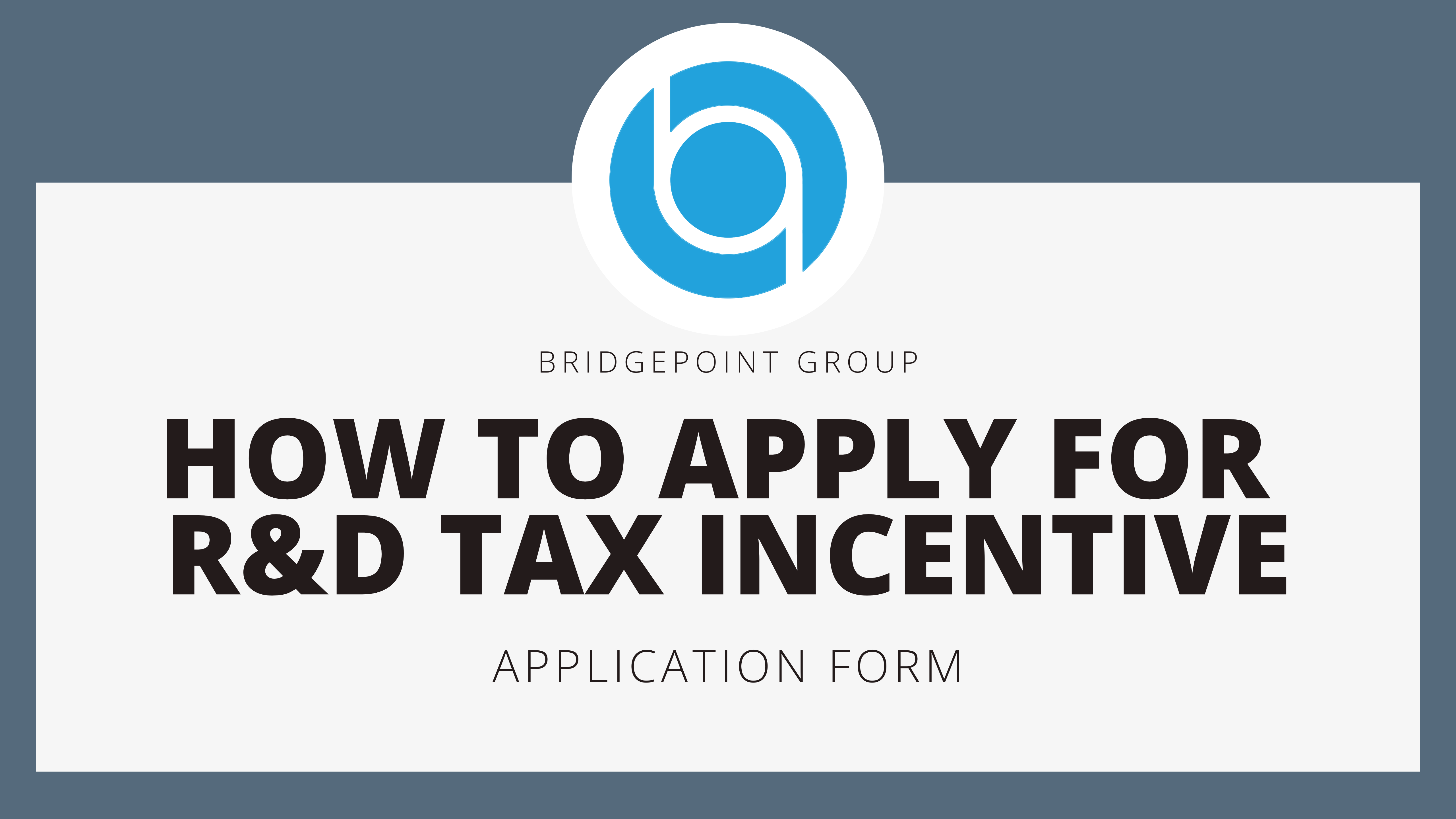
This is Part 2 of the step-by-step guide for companies seeking information on how to claim the R&D Tax Incentive. You can read the full guide about How to Apply R&D Tax Incentive here. In this article, you will learn about:
- How to fill up the R&D Tax Incentive Application form
- Application form – most common mistakes
- Why hiring an R&D Tax Incentive specialist
AusIndustry R&D Application Form
Once you’ve determined that you can make a claim, you will prepare and lodge an R&D Application Form with AusIndustry. This is the stage where you must elucidate and substantiate your R&D activities to AusIndustry, facilitated through their portal.
This 30-min video from AusIndustry illustrates in detail the process in their portal.
Despite the illustrative video, this is exactly where the R&D Tax Incentive process starts to become intricate, and some companies encounter difficulty accessing the application form.
This electronic process via the R&DTI online portal often leads to confusion. With a plethora of options in the application form, it is easy to inadvertently select the incorrect one, setting off a chain reaction of errors.
R&D Tax Incentive Example – Making the Wrong Application:
Within the AusIndustry Application Form, you will encounter convoluted questions such as “Are you part of a Tax Consolidated or Multiple Entry Consolidated group?” Many applicants are unfamiliar with such terms and resort to searching for clarification online, yet it remains perplexing. Some may assume their business is part of a group due to subsidiary entities, although this does not necessarily entail tax consolidation. Another example is the question “Are you conducting this activity for the purpose of generating new knowledge?” Selecting YES prompts a new text box to explain the new knowledge being generated. However, some companies are uncertain and select NO, bypassing crucial questions.
Misunderstanding technicalities or specific terminologies on the application form can lead businesses to select the wrong options, potentially jeopardising their application’s success. This is where the R&D Tax Incentive specialist plays a critical role.
Advantages of Hiring an R&D Tax Incentive Professional
The process of claiming the R&D Tax Incentive is time-consuming, and at times, confusing for those who are not familiar with the process. An experienced R&D Tax Incentive specialist like BridgePoint Group can facilitate the preparation and lodgement of your claim, liaising with both AusIndustry and the ATO. The benefits of hiring an R&D Tax Incentive expert encompass the following:
- Helping assess your eligibility and determining the feasibility of proceeding.
- Conducting a comprehensive financial analysis to capture all relevant activities and expenses.
- Maximising the chances of a successful claim.
- Legitimately maximising your claim.
- Reducing timing, costs and resources of making the application.
Learn more about BridgePoint Group’s R&D Tax Incentive service.
One of the key benefits of hiring BridgePoint Group for your R&D Tax Incentive claim is that between Step One and Step Two, we prepare what we refer to as the Project Description. This document effectively outlines the activities and is pivotal to the application process, because keep in mind, you can only claim R&D expenditure for activities that are presented to AusIndustry. We draft the project description, present it to the client for review and approval. It is based on the qualifying check-up and supporting documentation provided by the client.
Project Description Breakdown:
The Project Description comprises nine parts, each requiring detailed explanations (between 1,000 and 4,000 characters) for the following:
- Project Objective: What are you aiming to design and develop?
- Hypothesis: What is your testable statement?
- New Knowledge: What is the new knowledge that you are generating as a result of conducting this R&D project?
- Technical Uncertainty: What technical uncertainties prevented you from knowing the outcome in advance?
- Experiments: What experiments did you conduct to test the hypothesis?
- Evaluations: What evaluations have you made?
- Conclusions: Any conclusions for this income period should be clearly stated.
- Supporting Activity: What supporting activities have been undertaken?
- Linking Supporting Activity to Core Activity: Why was it necessary?
From the qualifying conversation to the lodgement of the Application Form, including the Project Description, a timeframe of one to two weeks of work should be expected. Step Two concludes with an email confirmation from AusIndustry upon application lodgement. However, the key to a successful application lies in Step Three, obtaining the Notice of Registration.
Understanding STEP 3 – Notice of Registration.
If you still have questions, we answer some of the most common enquires about R&D Tax Incentive here.
If you would like to engage an R&D Tax Incentive specialist to determine whether or not your company qualifies for the R&D Tax Incentive then please reach out to Alan Baghdasarayan, Government Grants & Incentives Director at BridgePoint Group who will provide a free 30-minute consultation.




